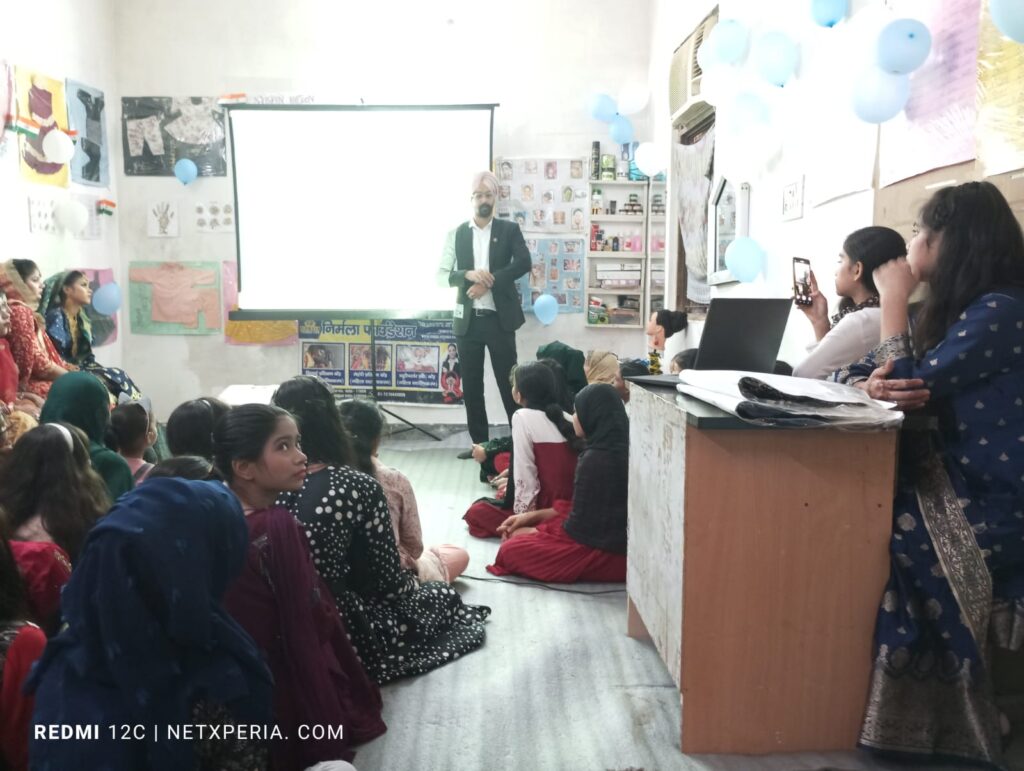- July 9, 2025
- Nirmala Foundation
- 0 Comments
- 73 Views
- 0 Likes
- Uncategorized
Practical Training Opportunities for Empowerment
Empowering women through skill development for women transforms lives and communities. It fosters financial independence and self-reliance. Poor women often face unique challenges like limited education and societal restrictions. These barriers make training for poor women critical for breaking poverty cycles. This guide explores free and affordable training options in India. It highlights benefits and practical steps to start. Whether you’re a woman seeking skills or supporting someone, this article offers clear insights. Expect actionable advice, real-world examples, and no pushy sales talk—just helpful guidance.
Why Skill Development for Women is Essential
Breaking the Cycle of Dependence: Skill development for women equips them to support their families. It reduces reliance on others for income. Women gain confidence to make decisions. Skills like tailoring or digital marketing open job opportunities. This independence challenges gender inequality. It helps women take charge of their futures.
Economic and Social Benefits: Skilled women contribute to household income. They strengthen rural and urban economies. Small businesses started by women boost local markets. Training for poor women creates ripple effects. It uplifts families and communities. Women with skills inspire others to learn.
Understanding the Needs of Poor Women
Barriers Faced by Underprivileged Women: Poor women face limited access to education. Training centers are often far or costly. Social norms restrict mobility. Early marriage disrupts learning opportunities. Lack of finance hinders skill acquisition. These challenges make training for poor women essential.
Why Special Focus is Needed: Targeted programs address these barriers. Free or low-cost training removes financial burdens. Post-training support ensures job placement. Skill development for women must be accessible and practical. It empowers them to overcome societal constraints.

Most In-Demand Skills for Women in India
Vocational & Technical Skills: Tailoring and embroidery are highly sought-after skills. They allow women to start home-based businesses. Beautician courses are quick to learn. Mobile repairing and electrician work offer stable jobs. Basic computer skills open office roles. These skills suit low-income women.
Digital & Home-Based Skills: Data entry jobs are flexible and home-based. Social media handling is in demand. Content writing offers freelance opportunities. Online reselling is easy to start. Digital marketing basics help women promote businesses. These skills require minimal investment.
Entrepreneurial & Life Skills: Financial literacy teaches budgeting and saving. Time management improves productivity. Basic bookkeeping helps run small businesses. Communication skills build confidence. Leadership training prepares women for bigger roles. These skills ensure long-term success.
| Skill Type | Examples | Benefits | Time to Learn |
|---|---|---|---|
| Vocational | Tailoring, Beautician | Home-based income | 3–6 months |
| Technical | Mobile Repairing | Stable job roles | 6–12 months |
| Digital | Data Entry, Digital Marketing | Flexible work | 1–3 months |
| Entrepreneurial | Financial Literacy | Business growth | 1–2 months |
Free or Affordable Training Options in India
Government Initiatives
The Skill India Mission (PMKVY) offers free training. It covers skills like tailoring and computer basics. Eligible women can apply through local centers. Visit Skill India’s official site for details. DAY-NULM supports urban poor women. NRLM focuses on rural skill-building. Both provide certifications and job placement.
NGO & Non-Profit Programs
Many NGOs offer training for poor women. They provide free vocational courses. Some include toolkits like sewing machines. Others offer placement support. Look for women-focused NGOs in your area. They often partner with local governments.
Online Learning Platforms
Platforms like Coursera offer free courses. NSDC’s e-Skill India portal provides vocational training. Udemy has free sections for beginners. These platforms teach digital skills. They suit women with internet access. Local language options make learning easier.
How to Choose the Right Training Program
Understand Your Goals
Decide if you want a job or a business. Freelancing suits home-based work. Skill development for women depends on clear goals. Choose skills that match your interests. This ensures long-term commitment.
Evaluate the Program Features
Check if the program is free or affordable. Look for certifications that employers value. Practical training builds real skills. Placement assistance boosts job chances. Compare programs before enrolling.
Check Accessibility
Choose programs with local language support. Offline centers ensure safe environments. Online options need internet access. Ensure the program fits your schedule. Accessibility makes training for poor women effective.
How to Choose the Right Training Program
Yes, programs like NRLM and PMKVY offer free training. Check with local government offices.
Data entry, content writing, and online reselling are ideal. They need minimal setup.
Visit local PMKVY centers or apply online. Check NSDC’s portal for guidance.
Most programs have no strict age limits. Some target women aged 18–35.
Most last 1–6 months. Digital skills may take less time.
Yes, many programs require no formal education. Basic literacy is enough.
Tips to Get Started with Skill Development
Visit your local government office for scheme details. Contact women’s self-help groups for guidance. Explore online platforms like NSDC’s e-Skill India. Stay consistent with your learning. Build confidence step by step. Small efforts lead to big results.
Skill development for women is more than training—it’s a path to transformation. It empowers women to break free from dependence. Training for poor women opens doors to financial stability. Take the first step today. Reach out to local organizations or explore online platforms. Every skill learned is a step toward self-reliance.



Leave a Comment